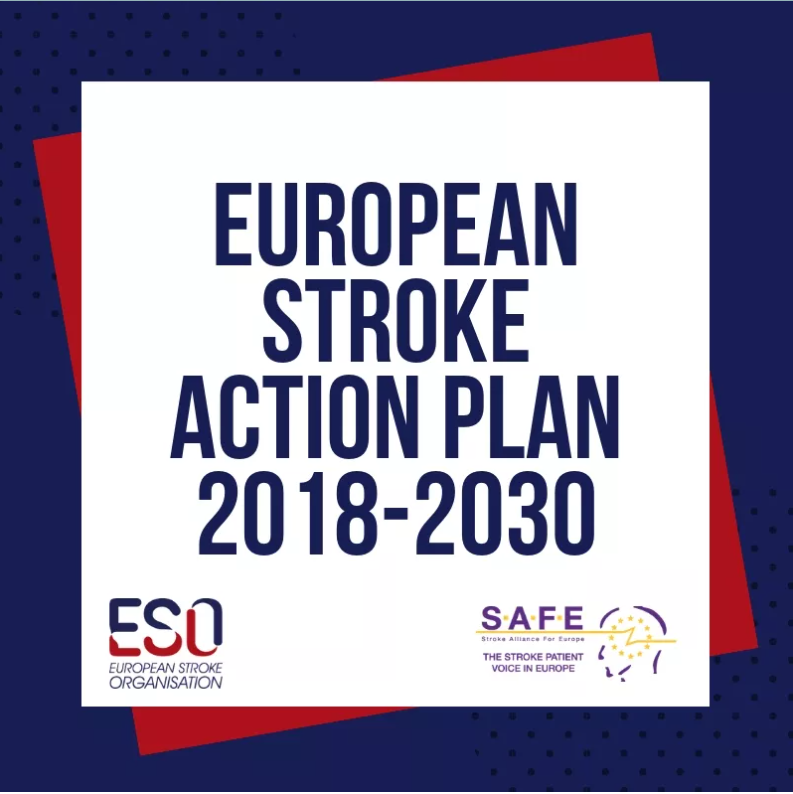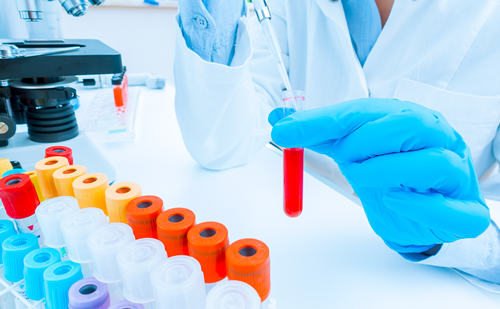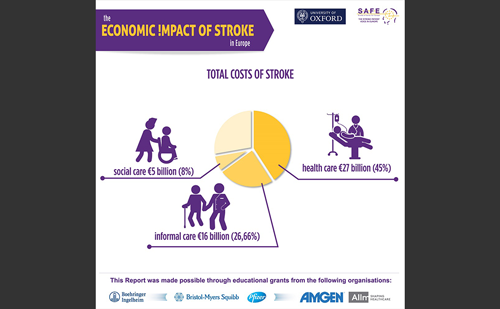Search Results
Showing Results for organisation of stroke care
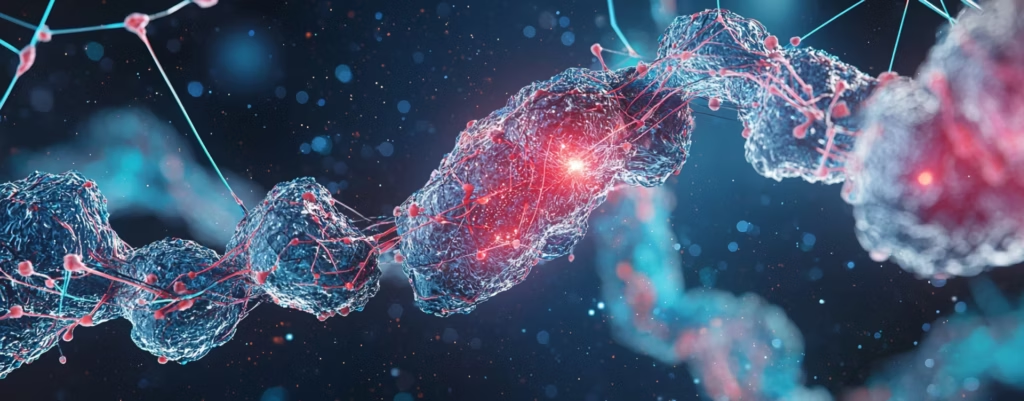
As a touchNEUROLOGY Future Leader 2025, Dr Antonio Ciacciarelli shares what drew him to neurology, the lasting impact of mentorship, and why recent advances in stroke care are redefining outcomes. He reflects on the privilege of inspiring others, and the promise of neuroprotection as the next frontier in vascular neurology.
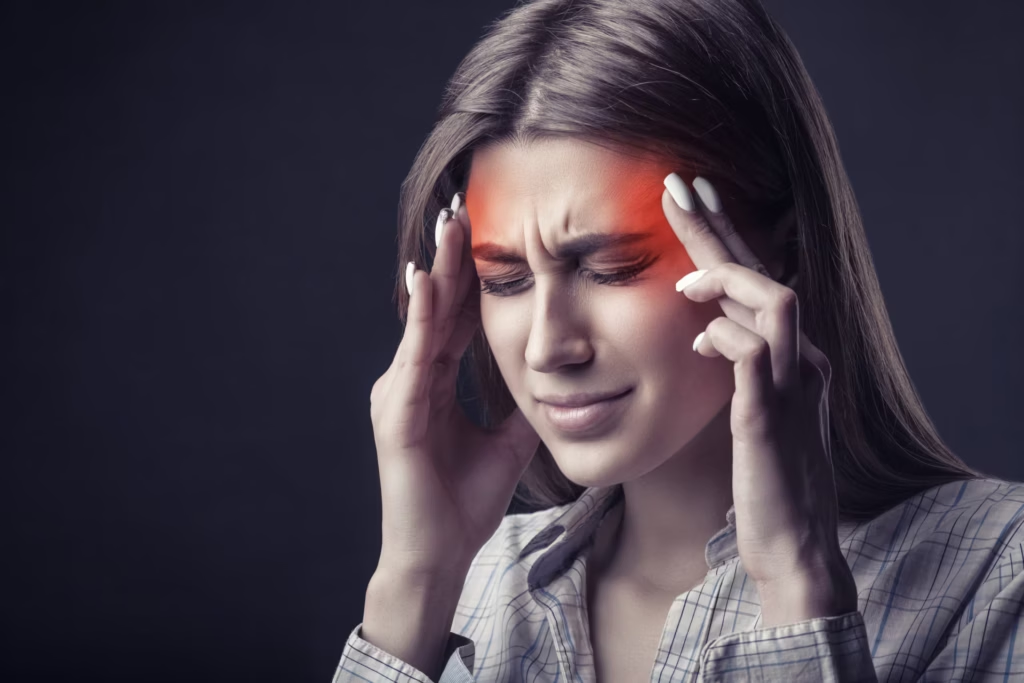
Despite advances in targeted therapies, migraine remains a significant clinical burden. In this Q&A, you will learn:
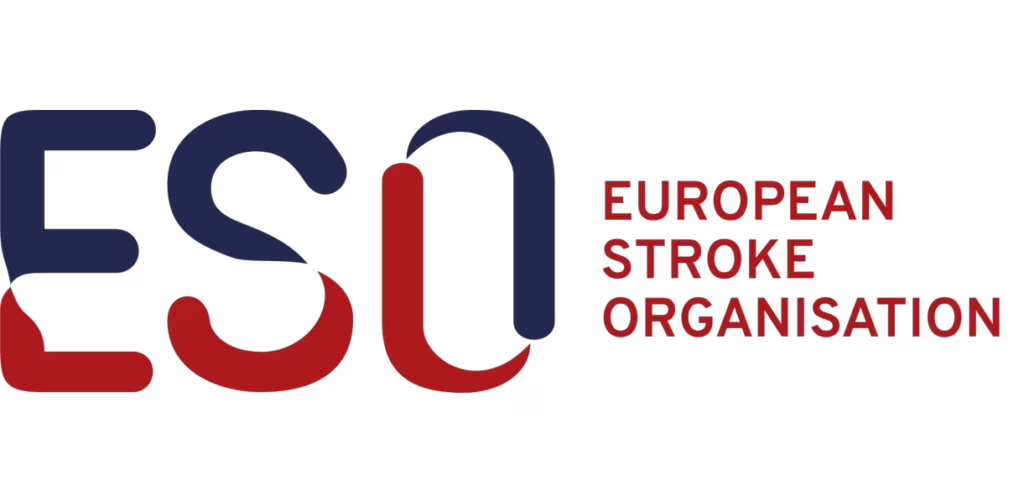
Prof. Simona Sacco outlines the European Stroke Organisation’s (ESO) strategic priorities to reduce disparities in stroke care across Europe. She discusses the transformative impact of the ESO East programme and the Stroke Action Plan for Europe (SAP-E), and also reflects on the increasing role of artificial intelligence (AI) in stroke diagnostics and treatment pathways.
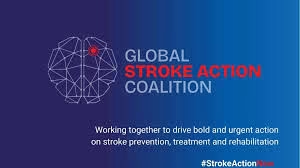
Launching today, the world’s first multisector advocacy movement dedicated to stroke - the Global Stroke Action Coalition - has issued an urgent call to action to address growing inequities in stroke. Already a leading cause of death and disability, without intervention, the global burden of stroke is projected to rise by a further 50% over the next 25 years, claiming 100 million lives and costing US$1.6 trillion each year.
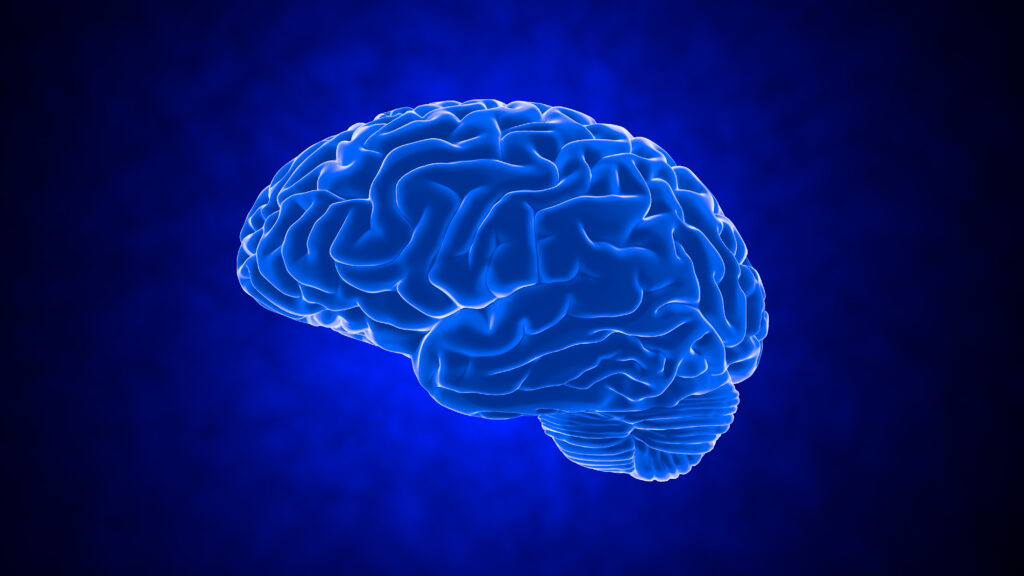
What is the Stroke Action Plan for Europe? Stroke is one of the most enormous burdens to healthcare services.1 Despite our combined efforts, it affects more than one million people annually in Europe. Although we have abundant knowledge regarding stroke ...
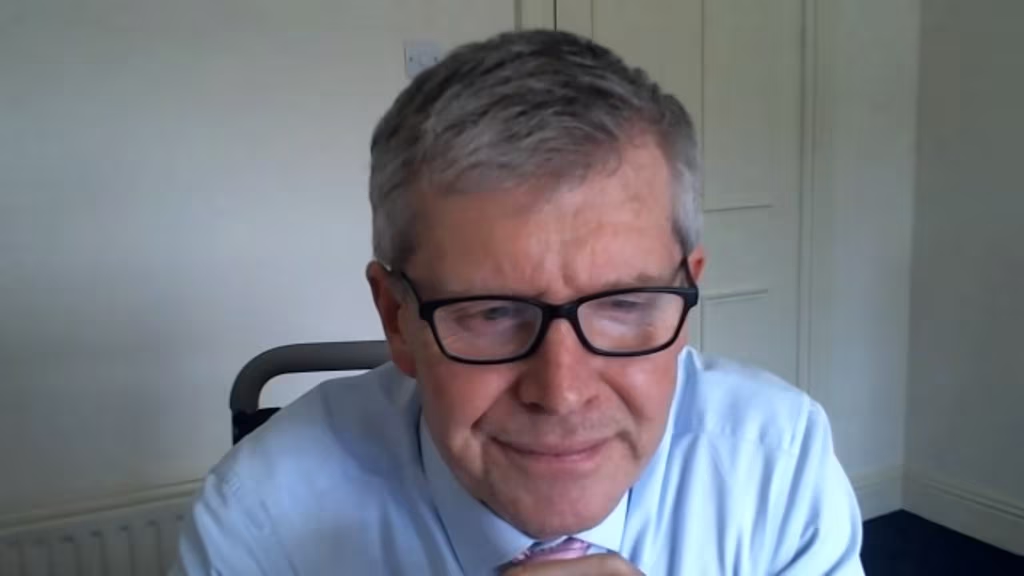
The European Stroke Organisation Conference (ESOC) 2023 will take place 24-26 May 2023 in Munich, Germany. The conference will include sessions, plenary lectures, and symposia, covering a wide range of topics related to stroke, including acute management, rehabilitation, imaging, epidemiology, and public ...
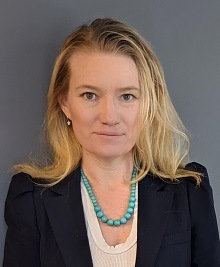
Dr Else Charlotte Sandset, ESO Secretary General and Consultant Neurologist at the Stroke Unit, Department of Neurology, Oslo University Hospital, Norway, provides an overview of some of the high-quality research and scientific advances the stroke community can look forward to at the 8th European Stroke Organisation Conference (ESOC 2022) in Lyon, France and online from 4–6 May 2022.
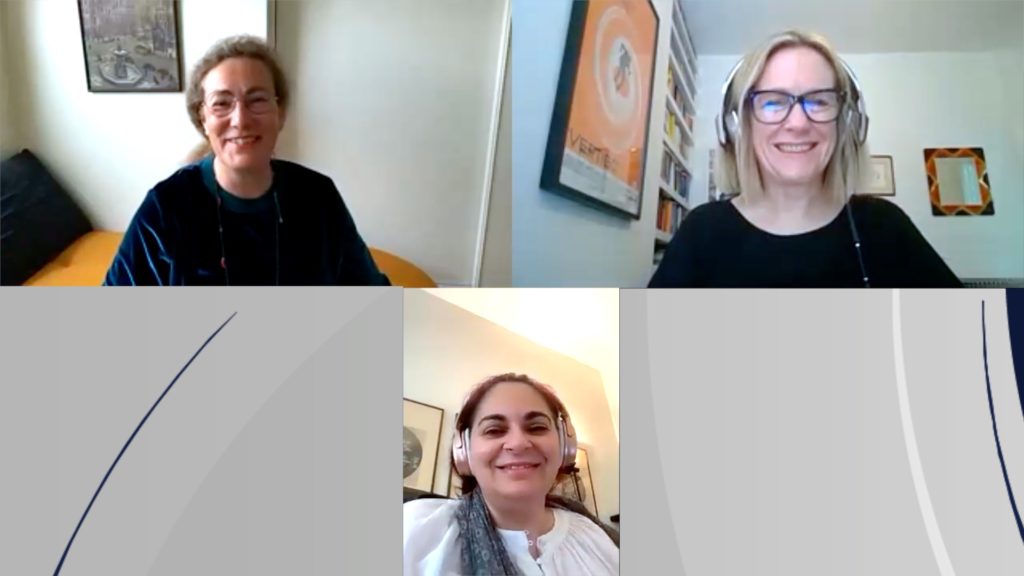
In conjunction with the European Stroke Organisation (ESO), we had the pleasure of meeting with Prof. Hanne Christensen (Chair, Stroke Action Plan for Europe), Arlene Wilkie (Co-Chair, Stroke Action Plan for Europe), and Dr Francesca Romana Pezzella (Co-Chair, Stroke Action ...

In conjunction with the European Stroke Organisation (ESO), we had the pleasure of meeting with Prof. Hanne Christensen (Chair, Stroke Action Plan for Europe), Arlene Wilkie (Co-Chair, Stroke Action Plan for Europe), and Dr Francesca Romana Pezzella (Co-Chair, Stroke Action ...
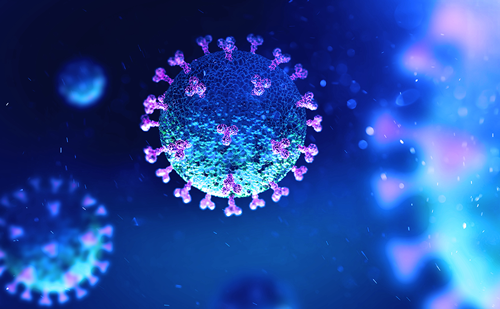
In the past 4 months, a novel coronavirus originating in Wuhan, China, SARS-CoV-2 (severe acute respiratory syndrome coronavirus 2), has affected more than 200 countries. As of mid-June 2020, there are over 7 million confirmed cases and more than 425,888 deaths worldwide caused by the novel ...
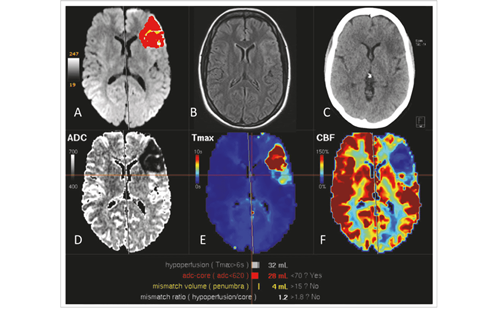
In 2018, two randomised controlled trials, DAWN (the Clinical Mismatch in the Triage of Wake up and Late Presenting Strokes Undergoing Neurointervention with Trevo Thrombectomy Procedure) and DEFUSE 3 (Endovascular Therapy Following Imaging Evaluation for Ischaemic Stroke 3), implemented computed tomography (CT) and ...
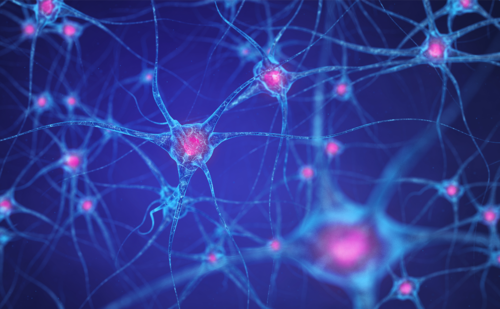
Welcome to the summer edition of European Neurological Review. Neurology and neuroscience are diverse fields that touch on almost every other discipline, and the articles in this issue reflect the scope of the field, as well as highlight key challenges ...
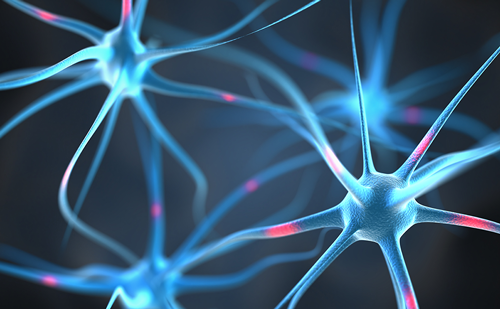
Welcome to the latest edition of European Neurological Review, which features a diverse range of articles covering new developments in neurological disease. We begin with one of our popular expert interviews on the subject of headache disorders. Nunu Lund presents ...

Welcome to the fall edition of US Neurology. This edition features a wide range of articles that provide an opportunity to review developments in the changing treatment landscape for neurological disorders and share expert opinions that should be of ...

Headache disorders represent a large share of consultations in neurology services. A study conducted by the World Health Organization (WHO) revealed that one-third of all neurological consultations are currently reserved for headache.1 Neurology clinics often have long waiting lists, extending ...
Latest articles videos and clinical updates - straight to your inbox
Log into your Touch Account
Earn and track your CME credits on the go, save articles for later, and follow the latest congress coverage.
Register now for FREE Access
Register for free to hear about the latest expert-led education, peer-reviewed articles, conference highlights, and innovative CME activities.
Sign up with an Email
Or use a Social Account.
This Functionality is for
Members Only
Explore the latest in medical education and stay current in your field. Create a free account to track your learning.


